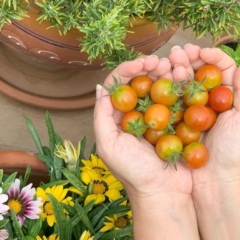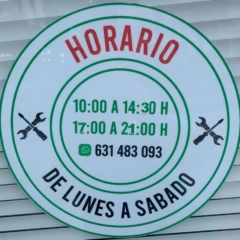Delicious Spanish breakfast, snacks and desserts
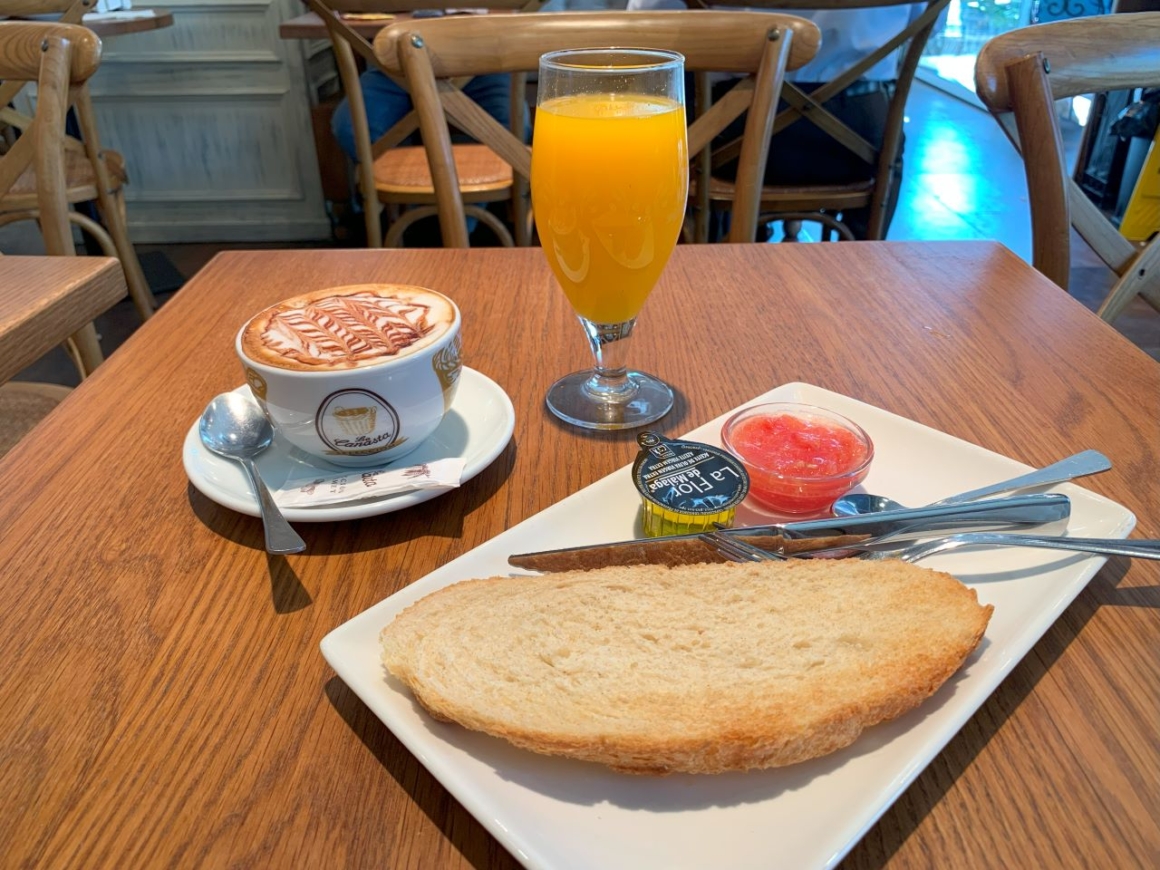
The Spanish breakfast (desayuno) offers a satisfying start to the day with emphasis on simplicity, quality ingredients and bold flavors. It usually involves a baguette kind bread (in Spanish: barra) with olive oil or tomato sauce, which can be topped or filled with eggs, goat cheese, charcuteries, leafy vegetables, avocados… or any fresh, local and delicious food actually! To drink, coffee or orange juice are the most common options – if not both.
It can be found easily in bakeries (panaderías) or cafés. The tough part is waiting for the places to open. You may be lucky and find a café near you that opens before 10 am; on the other hand, many places serve breakfast all day long; and because it is easy to make, you can already do some of it at home to taste. Yummy!
As a bonus, I included in this post links and pictures of some of my favorite breakfast, snacks and dessert places in Benalmadena: La Canasta Bakery, the Meeting Point Café, Yucas Café and Bar, El mundo de la empanada, Churros & You and Dame Chocolate. Go to any of them – or any other close to you – and enjoy. 😉
Popular Spanish breakfast ingredients
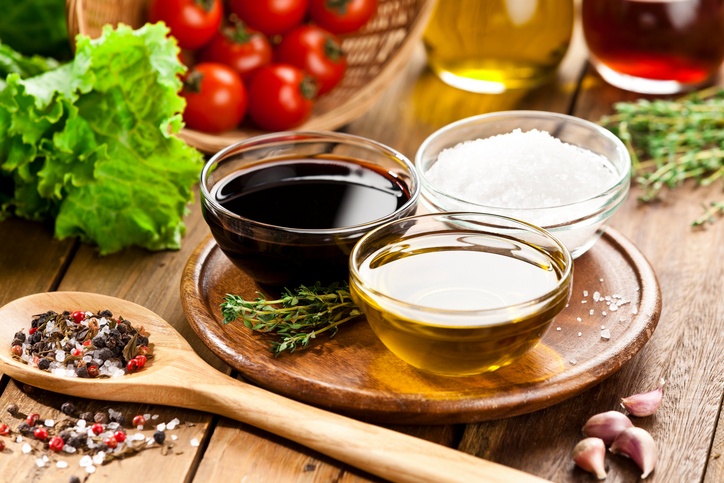
Spain’s traditional breakfast ingredients reflect the country’s culinary heritage. Bread is the first essential element of the Spanish breakfast table, often served in various forms such as crusty baguettes or soft rolls, providing the perfect canvas for toppings and accompaniments. Olive oil, often considered the cornerstone of Spanish cuisine, is a key component of breakfast dishes. Spaniards use it generously in cooking, dressing salads, and even dipping bread.
When it comes to toppings, Spain offers a diverse range of options to suit every palate. Cheese and ham are commonly enjoyed with bread, either separately or together in a classic pairing. The richness of the cheese and the savory saltiness of the ham complement the simplicity of the bread, creating a harmonious balance of flavors. Additionally, fresh tomatoes are a ubiquitous ingredient in Spanish breakfasts, adding a burst of juicy sweetness and vibrant color to dishes like pan con tomate.
Citrus fruits and almonds also make appearances, whether in the form of freshly squeezed orange juice or as a garnish for yogurt or pastries, adding brightness and texture to the morning meal. Together, these traditional ingredients create a breakfast experience that is both satisfying and distinctly Spanish, celebrating the country’s love for simple yet delicious flavors.
What about eggs and potatoes? Though these ingredients are extremely popular and traditional in Spanish cuisine, and present in dishes like the tortilla, huevos rotos and papas a lo pobre, these are not breakfast dishes in Spain. Nothing stops you from asking them for breakfast, though!
Spanish breakfast: Pan con tomate
The typical breakfast in Spain is a slice of bread – that can be multigrain or not; be wholemeal bread or not; be toasted or not – with tomato paste on top. That’s pan con tomate (bread with tomato). Very simple, right? Now, eateries make a lot of variations to this basic food, as you can imagine. They can add different seasonings to the tomato paste, change the bread or add something else on top of the tomato. Or bring the tomato apart. 🙂 Over the years, this basic dish has seen so many variations that some of those have become their own traditional dishes.

The basic, that can be found everywhere in Spain, is made with neither tomato sauce nor fried tomato paste; it is prepared with fresh tomato, pureed, but not heated. The secret is all in the freshness of both the bread and the tomato puree.
Variation: pan con aceite
More than pan con tomate, the traditional breakfast in Andalucia is the pan con aceite (bread with olive oil). It is so associated with Andalucia, that public schools in the area celebrate the Day of Andalucia by serving pan con aceite to their pupils – and the schools usually don’t even serve breakfast!
On the previous image, notice how La Canasta served breakfast with both tomato paste and olive oil apart – the eater can choose whether she/he feels more like having a traditional Spanish breakfast or a traditional Andalucian breakfast. Or mix both (which I did).
Variation: Tostadas
A tostada (toast) in this context, is a toasted slice of fresh bread, topped with ingredients of your choice. The most traditional ones would be olive oil and tomato, but no one will look bad if you prefer to add Manchego cheese and ham or avocado and eggs. People will look like they want the same!
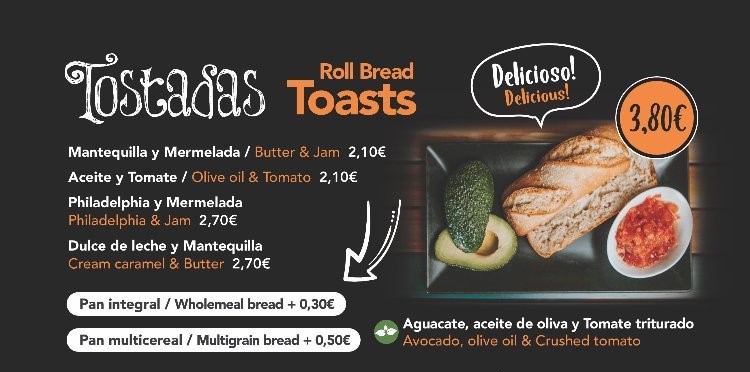
Spanish breakfast: Bocadillos
A bocadillo is a sandwich made with the same baguette used to make pan com tomate or tostadas. It is usually not toasted, crusty outside and soft inside, and can have the same fillings that top a tostada – any ingredient(s) of the traditional ingredients list, and then some more out of the creativity of the chef.
The word bocado means a mouthful, and the –illo suffix means small; despite of that, the Spanish bocadillo is pure modesty – it is quite fulfilling, a meal in itself, and not small. It is recommended for those days when one is very hungry.
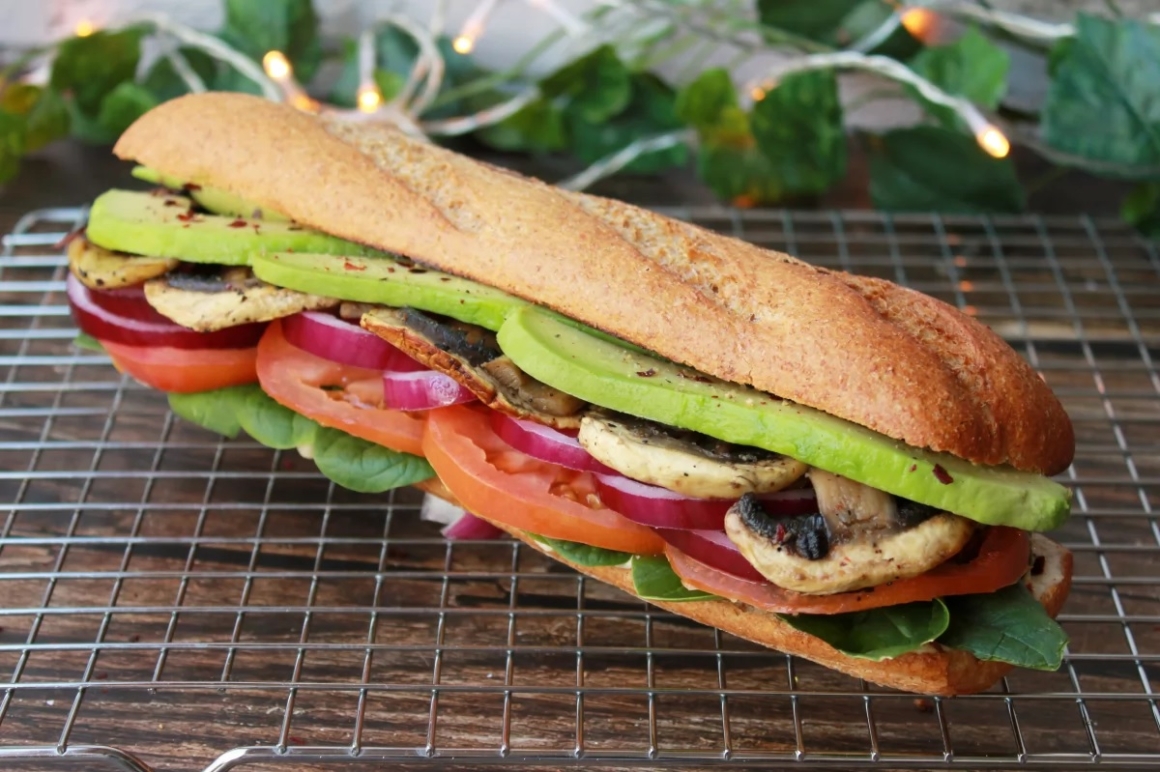
Variation: Pitufo
A pitufo is what you’d expect from the word bocadillo. Take the bocadillo from the image above and divide it into 4 slices; each one of the slices would be the size of a pitufo. The bread used in this small sandwich is usually softer than the one for the bocadillo, tough. The traditional pitufo is made with ham and cheese, and is called pitufo mixto; as you know by now, these can be changed for any other combination of ingredients, and remain being a pitufo as long as it remains small and use a crusty but soft baguette kind of bread.
The expression pitufo (which also means smurf in Spanish) is used mostly in Malaga province. The coincidence between the name of the food and the cartoon is rooted in a marketing campaign of the small sandwich. The bakery that first started making pitufos used a smurf in its promotional campaign, back when the Smurfs was a new series on the TV. The meal became popular and the name stuck!
Variation: Campero
Campero is another typical breakfast sandwich from Malaga. The main characteristics of the Campero are that the bread is round and grilled. The most traditional ingredients are also a bit original: it includes mayonnaise, besides cheese, ham, lettuce and tomato. The usual campero is a bit bigger than a McDonald’s burger, but it can also be as large as a lunch plate.
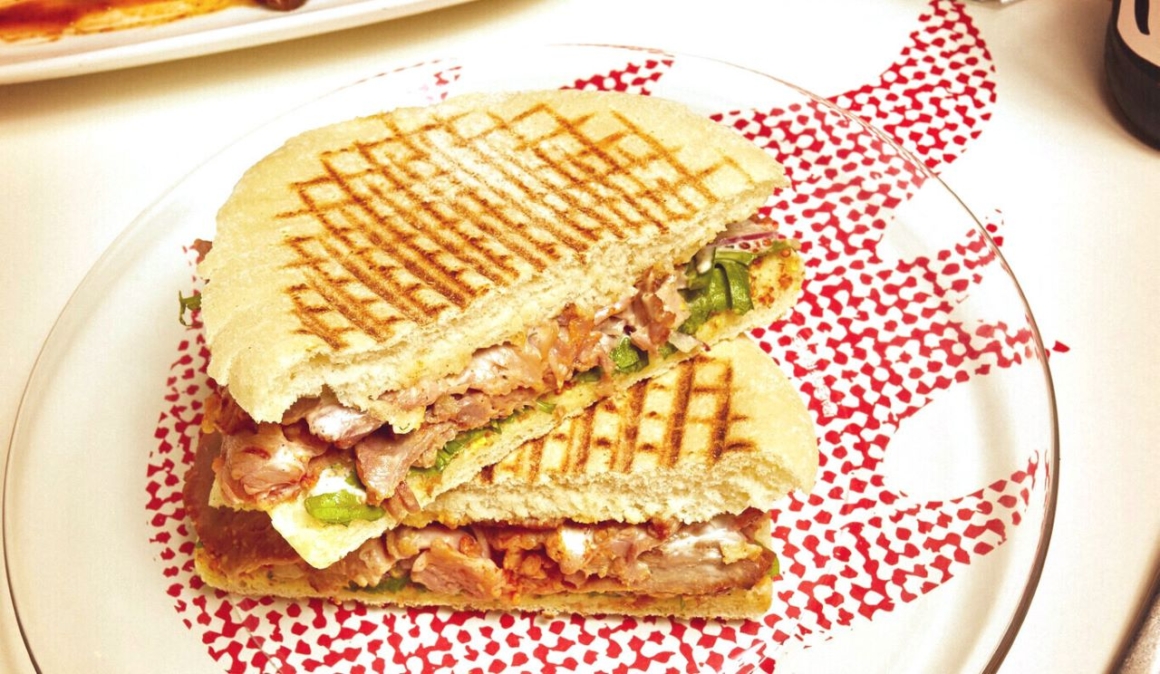
Variation: Mollete
Mollete is a sandwich made with a briefly cooked, soft white bread made without yeast. It is originally from Antequera and was created with kids in mind; the idea was to make a sandwich that would be easy for them to eat. It is the size of a Campero, or smaller, like a pitufo.
Variation: Sándwich
Sándwich is the Spanish term for a very specific kind of sandwich, made with sliced loaf bread. This type of bread is imported, and with it came the name; the graphic mark adds the Spanish flair. Now, even though the bread is easily available in any market, it is definitely not the traditional or the go-to choice of a Spanish café, bakery or baker. But if you see sándwich written somewhere, it is not a failed attempt to write in English; it is how the word was imported into Spanish!

Modern Spanish breakfast: Fruit and yogurt bowl
Who said tradition doesn’t evolve? Alongside the typical breakfast dishes, a new, modern tradition is being added to our Spanish menu: fruit and yogurt bowls, with or without granola. It makes perfect sense, as the previous dishes revolve around bread, to add some fresh fruit and yogurt taste to the side. Extra nutrition, hydration and vitamins pumping in; particularly perfect during summer, when all we want is something cold and light, and peach, cherry and watermelon are in season! 😉
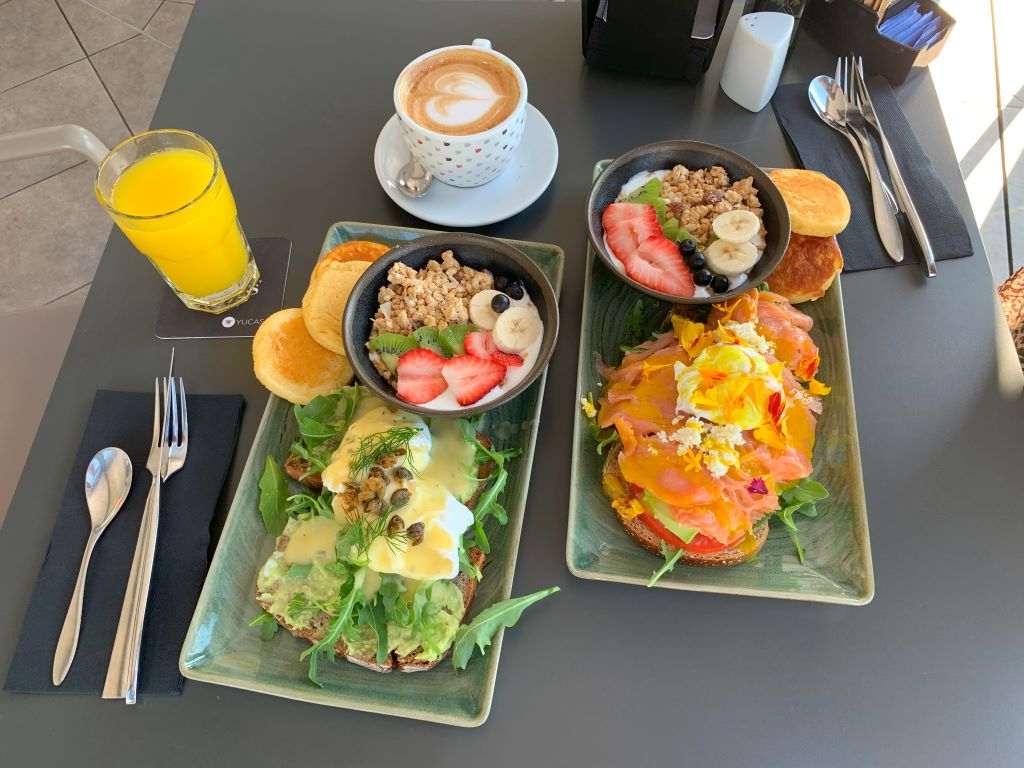
Spanish breakfast beverages: Orange juice and Coffee
Freshly squeezed orange juice is an ideal choice of beverage anytime fresh oranges can be found. In Spain, they are plentiful, so it is quite understandable why this juice is a national favorite – delicious, refreshing and, in Spain, affordable.
Another favorite is coffee. It is drunk in all of Spain, but Malaga put a spin to it when the century-old Café Central decided to put a mosaic on their wall showing the different amounts of coffee in a glass. This way, clients could say or point out the right ratio of coffee and milk they favored, so that every client got satisfied. The ratios of coffee, shown below, are used in all the province nowadays; it is implied that the rest of the glass is filled with milk.
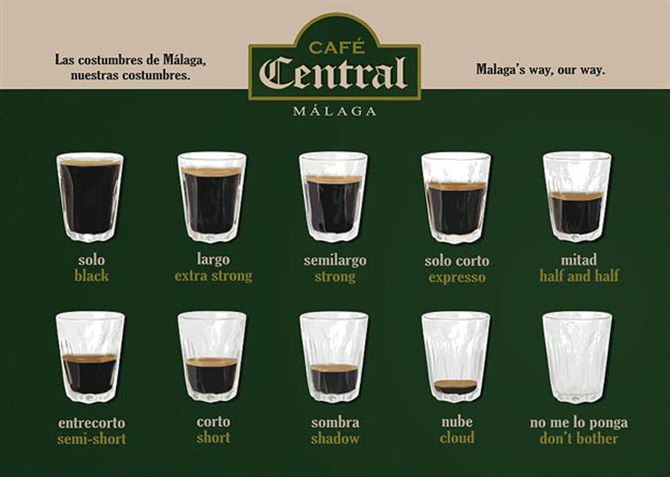
Spanish desserts and snacks
Like anywhere in the world, breakfast, desserts and snacks are not set in stone – there is some interchange among these foods, and much of what can be a dessert for some, can be a breakfast for others, especially during vacations. Therefore, and so that we don’t exclude something delicious from this meal, let’s add some more all-time favorites:
Churros
Originating from Spain but beloved worldwide, churros are a special Spanish treat. These fried dough pastries are often enjoyed for breakfast or as a snack, especially when paired with a rich, thick hot chocolate for dipping. They have a crispy exterior and soft, fluffy interior; this pairs so well with chocolate! Whether enjoyed plain or dusted with cinnamon sugar, these indulgent treats are a delicious symbol of Spanish culinary tradition and are often found in bustling churrerías across the country and in many cafes as well. When in Benalmadena Pueblo, try the ones in Churros & you; you’ll thank me latter.

Magdalenas
Magdalenas (muffins) are small, fluffy sponge cakes that hold a special place in Spanish households. These simple yet comforting treats are often enjoyed for breakfast or as an afternoon snack, accompanied by a cup of coffee or tea. They are reminiscent of homemade baking and evoke a sense of nostalgia for many Spaniards. Nowadays, one can buy magdalenas even in the supermarket, so they are very easy to find. Whether enjoyed plain or flavored with lemon zest or vanilla, these little cakes are a beloved part of Spain’s culinary landscape.
Empanadas
Empanadas are savory pastries that have roots in Spanish cuisine but are enjoyed in various forms across the world. They consist of a pastry dough folded around a filling, which can vary from region to region and even household to household. Common fillings include seasoned meats, vegetables, cheese, and sometimes seafood; they can also be sweet, filled with caramel or chocolate. Empanadas can be baked or fried, resulting in a crispy, golden exterior that encases the flavorful interior. Whether enjoyed as a quick snack or as part of a meal, empanadas are a versatile and delicious staple of Spanish cuisine.

Horchata
Horchata is a refreshing and creamy drink that is popular in Spain, especially during the hot summer months. Made from ground almonds, tiger nuts (chufas), or rice, horchata has a subtly sweet and nutty flavor with hints of cinnamon and vanilla. It is typically found in ice cream shops, served cold over ice and enjoyed as a thirst-quenching beverage or as a complement to sweet pastries. With smooth texture and delicate taste, horchata offers a refreshing respite from the heat and is a beloved part of Spanish culinary culture.
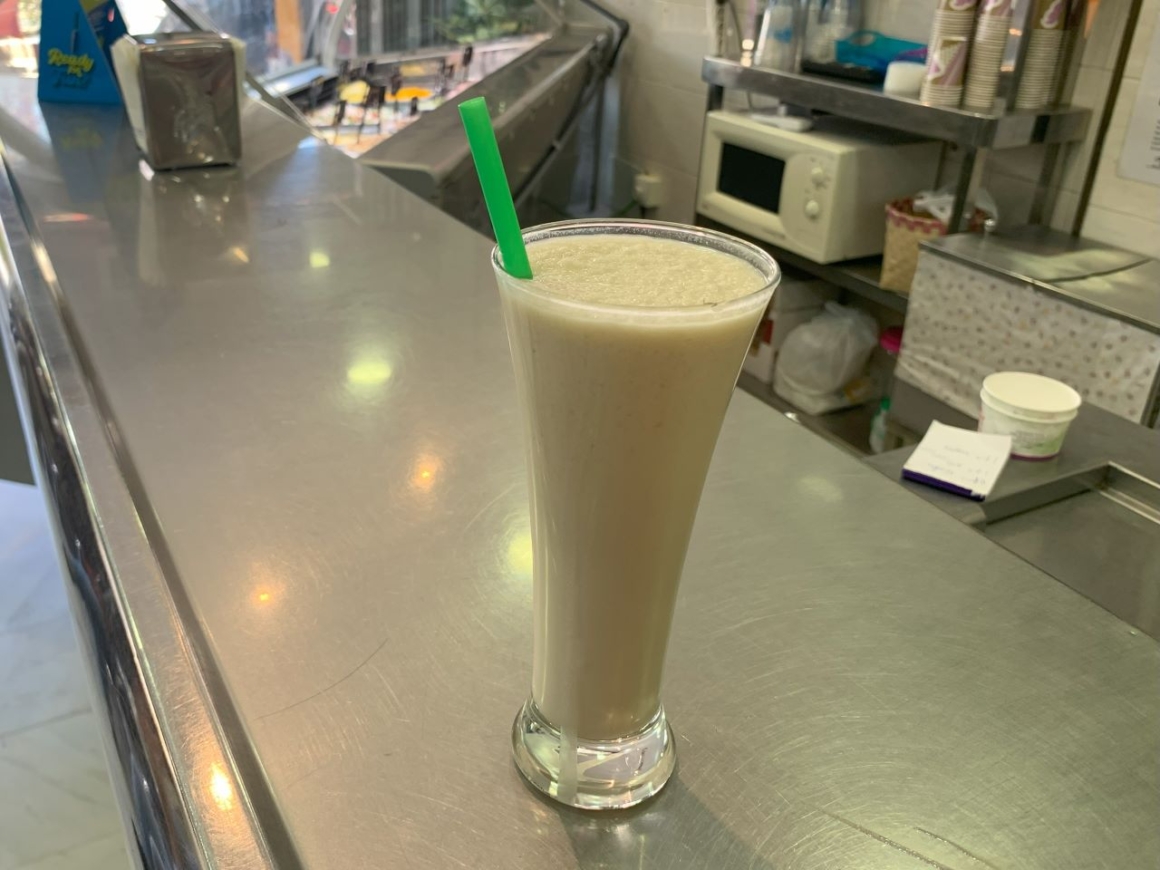
Granizado
Granizado (slushy) is a popular summer treat in Spain, consisting of shaved ice flavored with syrup. Popular flavors include lemon, orange, coffee, and even tamarind. Granizado is often enjoyed as a cooling snack on hot summer days, offering a burst of flavor and a respite from the sweltering heat. Whether enjoyed from a bakery or made at home (I got a small machine because Kiddo loves it), granizado is delightful.
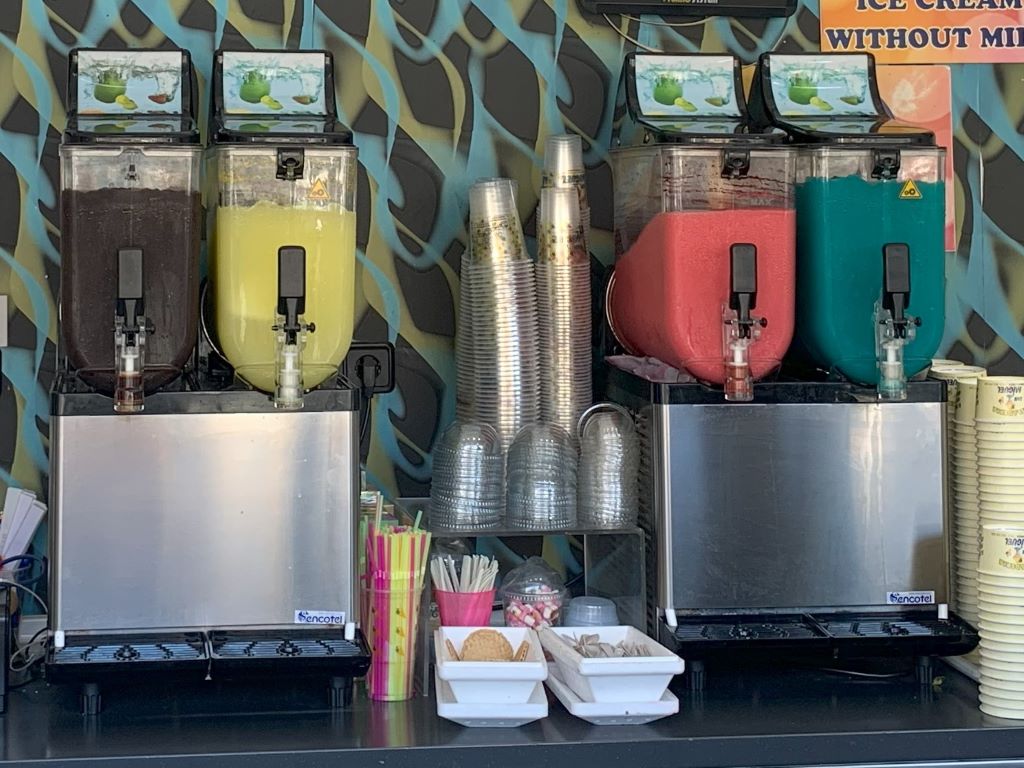
Conclusion
You are now a breakfast, desserts and snacks pro. Next time you hear someone in Spain order a pitufo and a nube, you know right away what they mean – not a smurf and a cloud, but a small sandwich and a glass with a bit of coffee and a lot of milk. Maybe it will be you ordering this, like a local! The waiter will be surprised. If, elsewhere, you see a Mediterranean breakfast announced, you know what to expect: bread, tomatoes, green leaves, olive oil, cheese and Iberian ham, perhaps eggs, sided by orange juice and coffee, as well as fruits and yogurt. I think it is an excellent choice to start your day.
If having a late breakfast, or if you want a little change, or even without any reason other then enjoying Spain to the fullest, try some snacks and desserts as well; food is a main part of culture, and a trip to Spain would not be complete without a churros or, at least, an empanada sided by a horchata… (oh, now I want some)! As the Spanish say before start eating: ¡Buen provecho!
